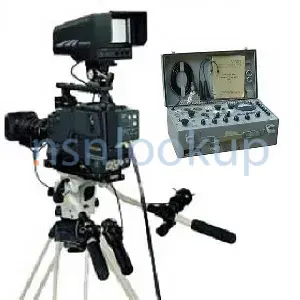Asset Tracking Device
Item Name Code (INC) 80854
 |
A device which, when activated, transmits a signal to a compatible receiver. It allows the user to precisely locate and track a person, vehicles, commodities, and the like on which it is placed. For items designed to localise a victim, see BEACON,DISTRESS and RADIO SET,PERSONNEL LOCATOR.
 Additional Information for Asset Tracking Device
Additional Information for Asset Tracking Device
Asset tracking devices from the supply class Radio and Television Communication Equipment, Except Airborne, in the supply group Communication, Detection, and Coherent Radiation Equipment, are devices used to track and monitor the location and movement of assets such as vehicles, equipment, or inventory. These devices utilize radio and television communication technology to transmit and receive data related to the asset's location, status, and other relevant information.
Asset tracking devices typically consist of a GPS (Global Positioning System) receiver, which determines the asset's precise location, and a communication module, such as a cellular or satellite modem, which transmits the location data to a central monitoring system. The central monitoring system can then display the asset's location on a map or provide real-time updates on its movement.
These devices are commonly used in industries such as logistics, transportation, construction, and manufacturing, where it is essential to keep track of valuable assets and ensure their efficient utilization. Asset tracking devices can help improve operational efficiency, reduce theft or loss, optimize asset allocation, and enhance overall asset management.
Some key features and capabilities of asset tracking devices may include:
1. Real-time tracking: Provides up-to-date information on the asset's location and movement.
2. Geofencing: Allows the creation of virtual boundaries or geofences, triggering alerts when the asset enters or exits a designated area.
3. Remote monitoring: Enables remote access to asset data and status, including battery levels, maintenance schedules, and other relevant information.
4. Data analytics: Provides insights and reports on asset utilization, performance, and maintenance requirements.
5. Integration with other systems: Can be integrated with existing enterprise resource planning (ERP) or fleet management systems for seamless data exchange and workflow automation.
6. Tamper detection: Alerts or notifications are triggered if the device is tampered with or removed.
7. Battery life optimization: Utilizes power-saving techniques to extend the device's battery life, ensuring continuous tracking and monitoring.
It is important to note that specific features and capabilities may vary depending on the manufacturer and model of the asset tracking device.